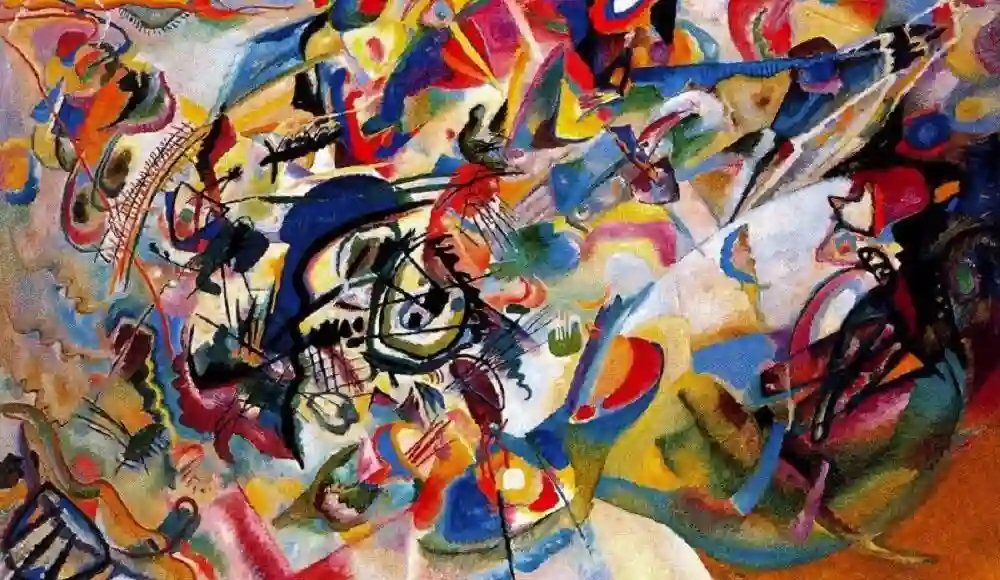Oil painting is renowned for its ability to convey depth, texture, and three-dimensionality on a two-dimensional canvas. This magical quality is achieved through the art of layering. Layering in oil painting involves applying multiple coats of paint, each building upon the previous layer to create richness and depth. In this article, we’ll explore the significance of layering in oil art and provide insights into how you can harness this technique to bring your paintings to life.
Understanding the Role of Layers
Layers are the foundation of oil painting, and they serve several essential purposes:
- Creating Depth: Layers allow you to build depth within your painting. By adding successive layers of paint, you can create the illusion of objects or elements receding into the distance.
- Achieving Richness and Complexity: Layers add complexity to your work. They allow for nuanced color blending, subtle transitions, and a wide range of textures, from smooth to impasto (thickly textured).
- Correcting and Refining: Layers provide the opportunity to make adjustments and corrections. If you’re not satisfied with a particular area of your painting, you can paint over it and start anew.
- Capturing Light and Shadow: The layering of translucent glazes and opaque highlights is key to capturing the interplay of light and shadow, enhancing the realism and luminosity of your artwork.
Layering Techniques
Here are some essential layering techniques to help you build dimension in your oil art:
- Underpainting: Start with an underpainting, which is an initial layer of paint that serves as a foundation for your composition. It can be monochromatic or use a limited color palette to establish the basic values and shapes.
- Blocking In: After the underpainting, block in the major shapes and colors of your subject. Keep these initial layers thin and transparent to allow the underpainting to show through. This establishes the basic structure of your painting.
- Glazing: Glazing involves applying transparent layers of color over the dry underpainting or blocking-in layers. This technique is excellent for achieving subtle color shifts, depth, and atmospheric effects. It’s crucial to let each glaze layer dry before applying the next.
- Scumbling: Scumbling is the application of a thin, opaque layer of paint with a dry brush over an existing layer. It creates a soft, hazy effect, often used for rendering textures like clouds, foliage, or skin.
- Impasto: Impasto is the technique of applying thick layers of paint with a palette knife or brush. It creates pronounced texture and three-dimensionality in your painting. Impasto can be used for highlighting, adding texture to objects, or creating expressive brushwork.
- Scraping and Blending: You can use tools like palette knives or even your fingers to scrape back into wet or semi-dry layers of paint. This allows you to reveal underlying colors or blend edges for smoother transitions.
Building Layers Step by Step
Here’s a step-by-step guide on how to build layers in your oil painting:
- Prepare Your Canvas: Start with a primed canvas or panel. Ensure it’s clean and free of dust or debris.
- Underpainting: Begin with an underpainting in a single color or a limited palette. Block in the major shapes and establish the composition. Let it dry completely.
- Blocking In: Apply thin layers of paint to block in the basic colors and shapes of your subject. Keep these layers loose and transparent. Allow for drying time between each layer.
- Glazing: Once the blocking-in layers are dry, start applying glazes. Mix your colors with a painting medium or solvent to achieve transparency. Apply the glazes where you want to deepen colors or create subtle shifts.
- Detailing: As you progress, add more layers to refine details, enhance highlights, and create texture. This is where you can use impasto or scumbling techniques to build dimension.
- Finishing Touches: Complete your painting by adding the final layers and details. Pay attention to highlights, shadows, and any small nuances that bring your artwork to life.
Challenges and Considerations
While layering is a powerful technique in oil painting, it also presents challenges:
- Drying Time: Oil paint dries slowly, so patience is essential. Waiting for layers to dry can be a test of your artistic patience.
- Overworking: Applying too many layers or overworking a section can lead to mud or loss of freshness. Knowing when to stop and when a layer is sufficient is a skill that develops with experience.
- Color Mixing: Achieving the desired color can be challenging. Plan your color palette and test mixes before applying them to your painting.
- Consistency: Maintaining consistent brushwork and layering techniques throughout your painting is crucial for achieving a harmonious result.
Conclusion
Layering is a fundamental technique in oil painting that allows artists to create depth, texture, and dimension on a flat surface. By mastering the art of layering, you can infuse your artwork with richness, complexity, and a sense of realism. Experiment with different layering techniques, and don’t be afraid to make mistakes and learn from them. As you continue to refine your layering skills, you’ll discover the immense creative potential that this technique offers, and your oil art will evolve to new levels of depth and expression.
